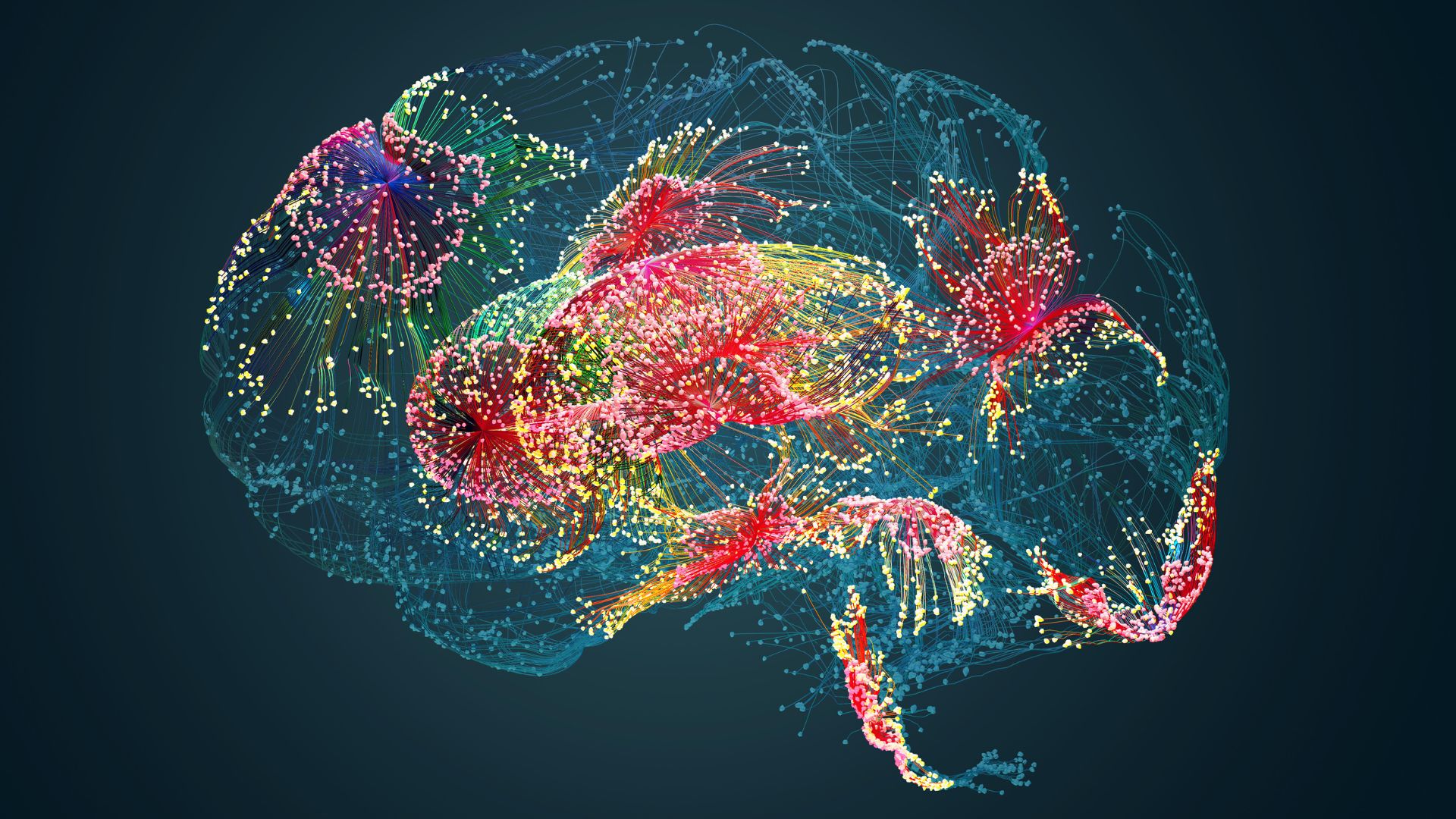Humans’ big-brain genes may have come from ‘junk DNA’

Scientists once considered much of the human genome “junk” because large stretches of its genetic code don’t give rise to any proteins, the complex molecules tasked with keeping cells running. However, it’s since been discovered that this so-called junk DNA plays important roles in cells, and in a new study, researchers report that humans may actually have junk DNA to thank for our exceptionally big brains.
The research, published Monday (Jan. 2) in the journal Nature Ecology & Evolution (opens in new tab) , suggests that the genes that enabled human brains to grow large lobes and complex information networks may have originally emerged from junk DNA. In other words, at some point, the “junk” picked up the ability to code for proteins, and those new proteins may have been critical to human brain evolution.
The findings suggest that such genes “may have a role in brain development and may have been a driver of cognition during the evolution of humans,” Erich Bornberg-Bauer (opens in new tab) , an evolutionary biophysicist at the University of Münster in Germany who was not involved in the research, told Science magazine (opens in new tab) .
Typically, new protein-coding genes are born when cells duplicate and make copies of their DNA. As cells construct new DNA molecules, mutations can appear in the genetic code, and the altered genes can then give rise to slightly different proteins than their predecessors did. Genes born from junk DNA, known as de novo genes, undergo a more dramatic transformation, in that they suddenly acquire the ability to make proteins.
Related: More than 150 ‘made-from-scratch’ genes are in the human genome. 2 are totally unique to us.
To make proteins, cells “read” protein-coding genes and jot down their genetic blueprints in a molecule called RNA, which then zips over to a protein construction site in the cell, called a ribosome. From there, the ribosome uses the RNA blueprint to build the desired protein. Junk DNA, interestingly, can also be used to make various flavors of RNA, but very few of these RNA molecules can exit the nucleus, the protective bubble in which cells house their DNA, the study authors discovered. Their new research suggests that, to transform into protein-coding DNA, junk DNA must first start making RNA capable of escaping the nucleus and reaching a ribosome, Science magazine reported.
By comparing the genomes of humans, chimpanzees (Pan troglodytes) and rhesus macaques (Macaca mulatta), a more distant primate relative of ours, the authors pinpointed 74 examples of junk DNA transforming into protein-coding DNA, Ars Technica reported (opens in new tab) . A key step in this transformation was the junk DNA picking up mutations that allowed its RNA to exit the nucleus, they confirmed. RELATED STORIES—Scientists uncover new mode of evolution
—10 things you didn’t know about the brain
—What fueled humans’ big brains? Controversial paper proposes new hypothesis.
Humans and chimps share 29 of these de novo genes, meaning the genes emerged after humans and chimps split off from the evolutionary ancestor they shared with rhesus macaques. The remaining 45 de novo genes emerged after humans and chimps split off from each other about 6 million years ago, meaning the genes are unique to humans.
Furthermore, the team found that nine of these unique genes appear to be active in the human brain, so they investigated the genes’ functions in several experiments. Some tests involved tiny, 3D models of the brain grown in lab dishes; two of the genes caused these minibrains to grow larger than they did without those genes. In genetically modified mice, these two genes respectively drove above-average brain growth and caused humanlike ridges and grooves to form in the rodents’ brains, Science magazine reported.
It’s key to note that minibrains don’t capture all the complexity of full-size human brains and that the rodent studies included relatively few mice, experts told Science magazine. But ultimately, the work does suggest that junk DNA may have supplied some of the key ingredients for what makes us human.